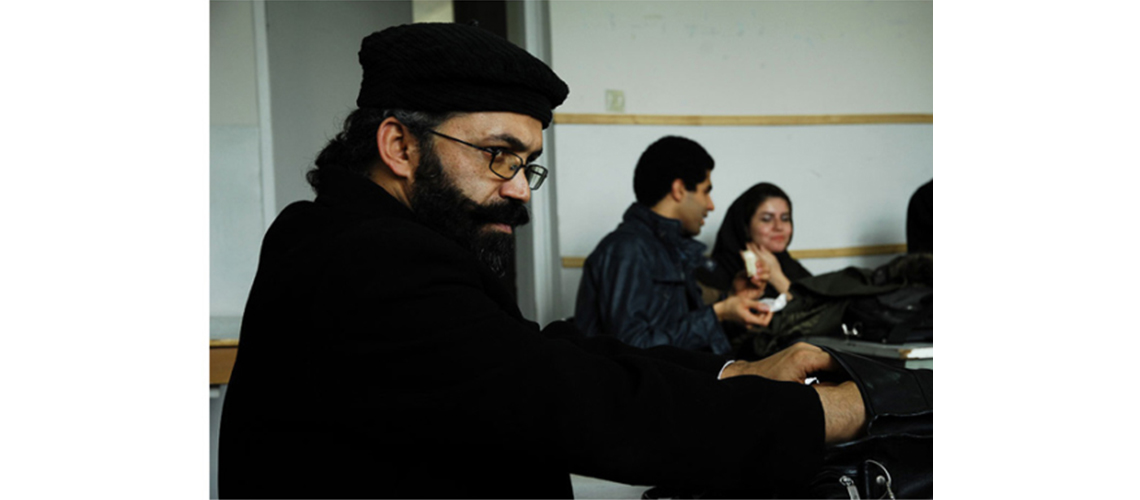
Effective lecturing is an art that has evolved throughout history, encompassing various styles, purposes, and outcomes. The challenge lies in delivering a lecture that not only imparts knowledge but also engages and influences the audience. The effectiveness of a lecture is not solely measured by the volume of information conveyed but by its impact on the listeners. Drawing inspiration from historical examples, particularly the contrasting Roman preachers, highlights the significant role that the delivery style plays in shaping the audience’s response.
As an educator with over 15 years of experience, there is both the advantage of accumulated wisdom and the realization of the need for continuous improvement. A lecture can become a powerful tool for influence, provided it evolves with the changing needs and dynamics of the audience. Utilizing a lectern not just as a repository for notes but as a platform for dynamic engagement can be transformative.
Research findings emphasizing the limited retention of traditional lecture content underscore the necessity for innovative approaches. While embracing modern technology is essential, combining active learning strategies with lecturing can enhance the educational experience. The integration of group activities, questioning, and other interactive elements ensures that learners remain actively involved, fostering a more profound understanding and retention of the material.
Key strategies for delivering effective lectures include:
- Unmissable Lectures: Capturing the audience’s attention from the beginning and maintaining engagement throughout the session.
- Punctuality: Starting on time and adapting to the pace of learner arrivals.
- Live Interaction: Making the most of the live lecture occasion by fostering an interactive environment.
- Balanced Content: Avoiding information overload in the initial lecture to ease learners into the course.
- Learning Outcomes: Clearly articulating the intended learning outcomes and relating them to assessments.
- Visibility and Audibility: Ensuring that the lecturer can be seen and heard clearly.
- Dynamic Slides: Avoiding lengthy slide displays and steering clear of reading directly from them.
- Questioning: Encouraging learner participation through frequent questions.
- Technology Usage: Balancing the use of technology without overwhelming the lecture with bullet points.
- Active Learning: Consistently considering what learners should be doing during the lecture.
- Note-Taking Encouragement: Encouraging learners to take notes actively.
- Thinking Time: Allowing sufficient time for learners to process information.
- Peer Interaction: Facilitating discussions among learners.
- Brain-Friendly Approach: Balancing challenging and lighter content.
- Humor Appropriateness: Infusing appropriate humor when suitable.
- Relevance: Demonstrating the relevance of the lecture to learners’ concerns.
- Session Linkage: Continually linking lectures to subsequent sessions.
- Final Impression: Leaving a positive and memorable impression at the end.
By incorporating these strategies, a lecturer can transform the traditional lecture into a dynamic and engaging learning experience, aligning with the needs of the new generation. Active learning strategies, technology integration, and a thoughtful approach to content delivery can enhance the effectiveness of lectures and contribute to a lasting impact on learners.

Comments
Thanks for your blog, nice to read. Do not stop.
Thank you, Mark!